LOS ALAMITOS, Calif. — As of Oct. 1, 2025, the United States government has shut down, yet again. But wait– what does this mean? How can the government just… not do its job? Well, when Congress, or in this case, the Senate, fails to secure adequate funding through the continuation of current funding resolutions or fails to pass a bill securing funding, parts of the federal government may not have the financial means to operate, and thus, a shutdown begins.
Essential jobs and services such as Free Applications for Federal Student Aid processing, Title I funding, postal services, social insurance (e.g., Medicare and Social Security) and national security are still performed, but much is simply left on pause. During this time, federal employees are furloughed (temporarily suspended from their jobs on account of a lack of money to pay them); if the shutdown endures, communities eventually experience a trickle-down effect through the economy because when people stop receiving money, whether it’s their paycheck, federal funding and grants or federal subsidies, they in turn stop spending it.
As political polarization has increased, so has the length of shutdowns; compromise and even simple conversation between opposed party members has become rare and is undoubtedly a contributor to the increasing length of each shutdown. The US history of government shutdowns began with President Ronald Reagan in 1981 and lasted a total of two days. Since then, there have been 15 shutdowns, including the current one, totaling 97 days of halted federal operation.
So, how does this affect schools across the country? First and foremost, any new grants distributed by the Department of Education will be halted, among other types of non-essential aid whose funding is distributed during the school year rather than over the summer. This encompasses all 50 states across more than 1,200 districts.
“Impact Aid, a program that bolsters school budgets in areas where federal land management or other activities, such as military installations, reduce the amount of taxable land to generate revenue for the district. These schools likely will see disruptions in payments,” said PBS journalist Annie Ma.
This past March, the Trump administration signed into action the dissolution of the Department of Education with an executive order; now over half the federal agency’s employees are jobless, and roughly 80% have been furloughed.
“The shutdown, though its impacts are at first slow, will eventually roll down to the paychecks of individuals around our school and campus, should it continue for too long,” said Los Alamitos High School senior Duy Dang.
Just this past weekend, the entire special education division was targeted in this shutdown.
“Nearly the entire Office of Special Education and Rehabilitative Services, including the Office of Special Education Programs, was let go, according to agency employees and their union,” said Zachary Schermele from USA Today.
Learning resources key to student success, such as Individualized Education Programs and 504 plans, will likely be impacted; however, the ramifications of this development have not yet been fully disclosed.
For high school seniors and their families —potentially cosigners on these loans —contemplating taking out student loans, it is essential to note that student loan borrowers are not exempt from making their monthly payments during this time.
“Expect student loans disbursements to be slower and more confusing without the Department of Education,” said LAHS AP American Government and Politics teacher Mrs. Hinz-Smith.
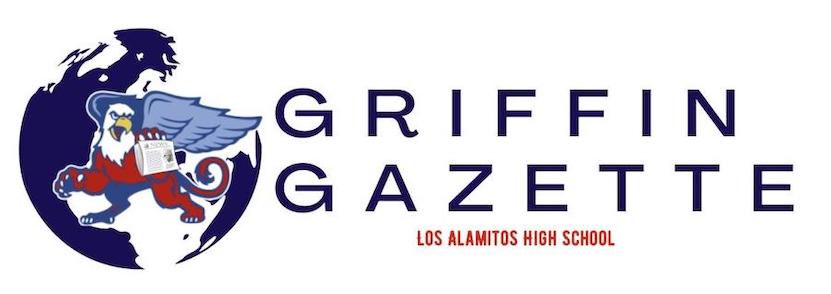


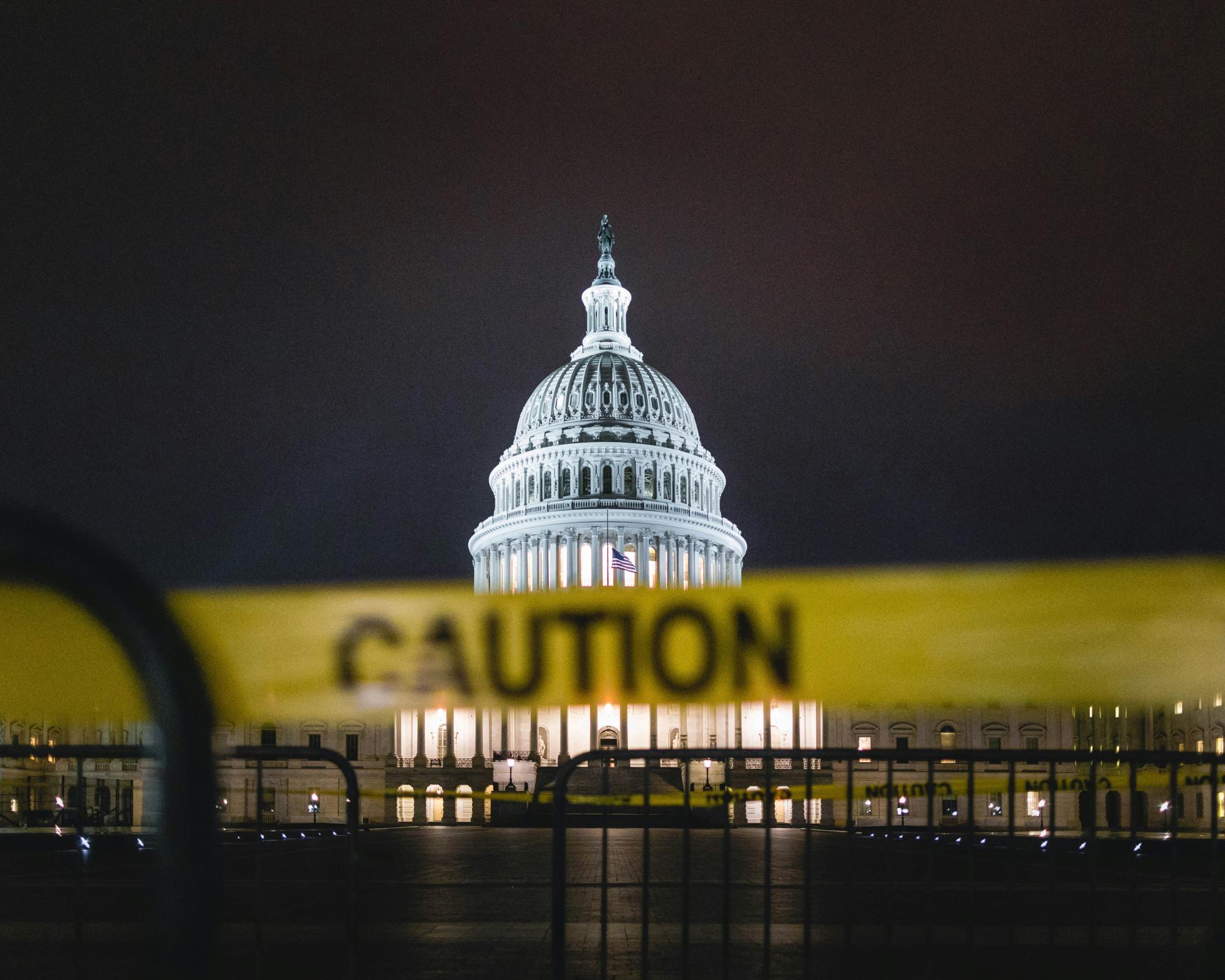









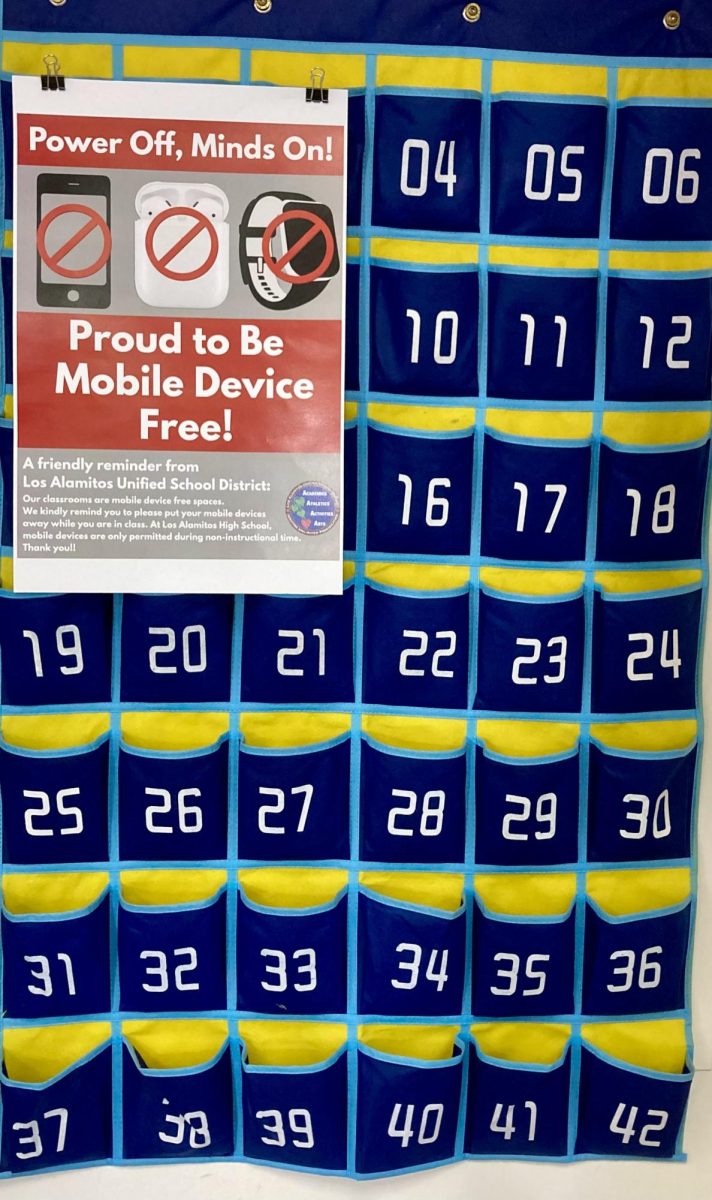



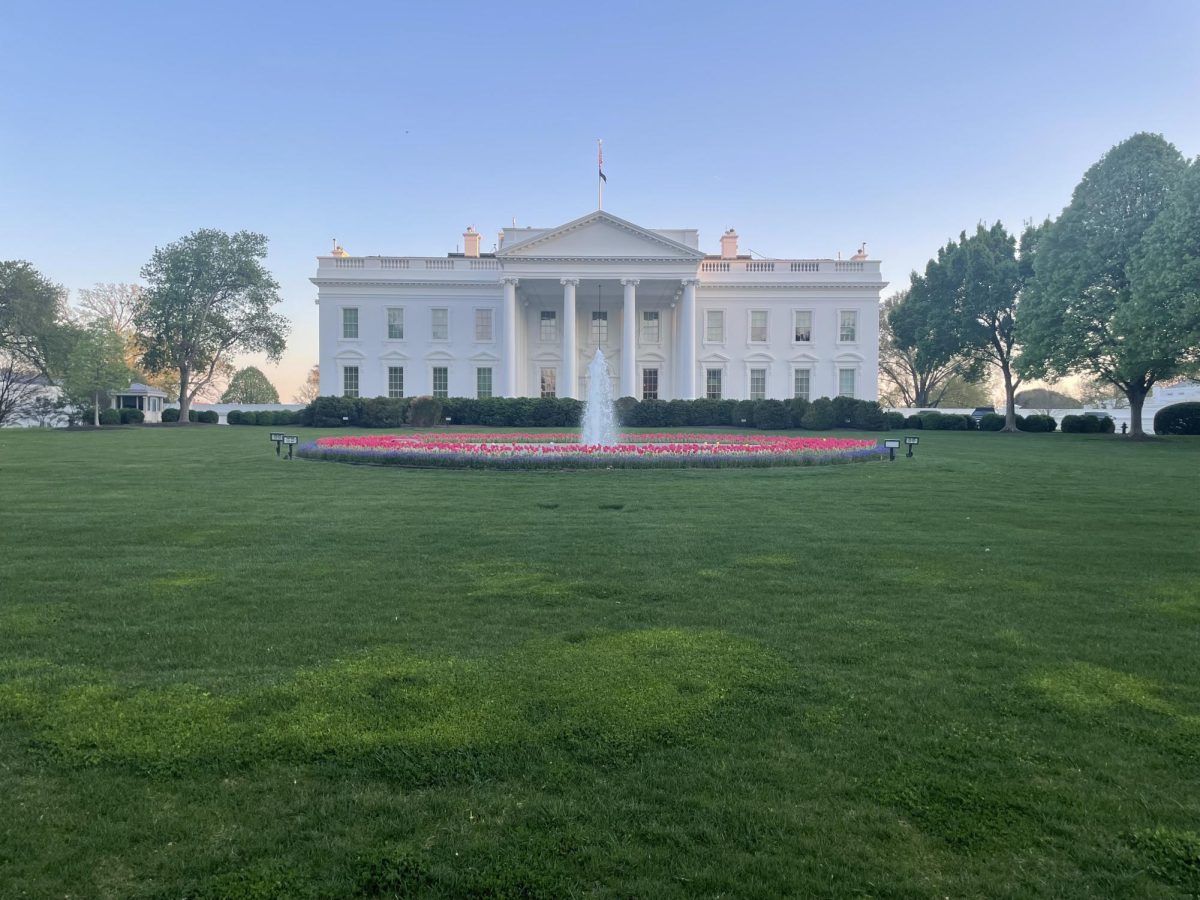


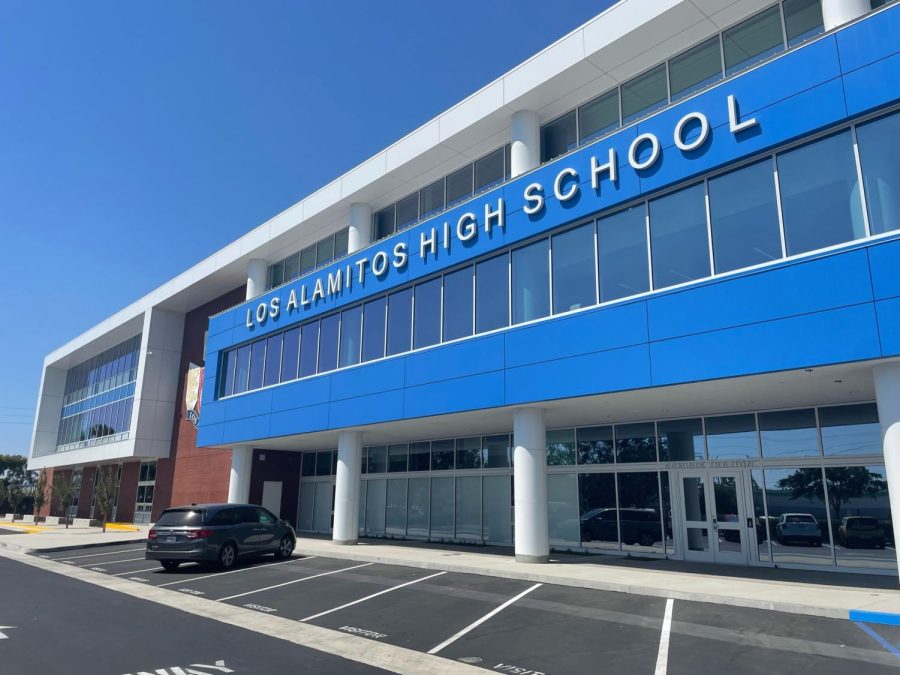
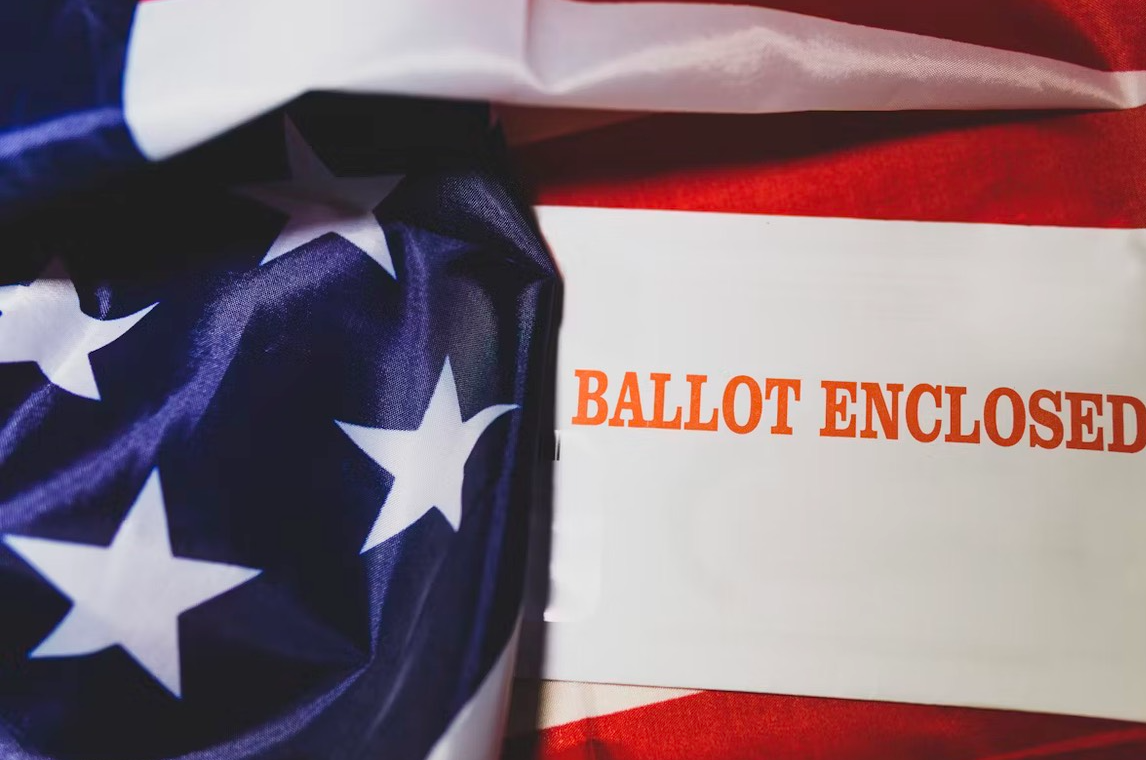
Alyssa Mathews • Oct 17, 2025 at 3:09 pm
This is such a fun writing style, I love how you made such a complicated topic so comprehensive!